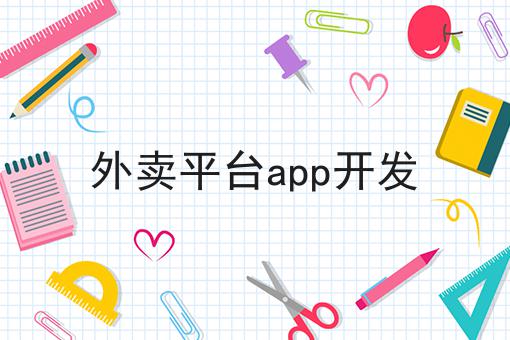外卖小程序源码模板,30秒带你急速了解!
2023-09-17 阅读量:43
快跑者系统是一款类似于美团+饿了么的外卖预约、订餐、配送、团购等一整套的软件系统,支持餐饮、生鲜、零售、校园等多行业。购买系统的使用权,只需要几千块,更适合不懂代码开发,也没有精力与资金去组建团队研究开发的创业者。快跑者系统可对接美团、饿了么平台的订单,自定义组建化装修,满足个性展现。同时快跑者外卖系统平台针对针对没有时间、嫌弃办理过程复杂浪费时间、因各种问题无法办理icp备案等情况的用户,提供ICP及EDI代办服务。快跑者系统立即试用:https://scrmadmin.keloop.vip/register?uid=36Introduction
With the increasing popularity of online food delivery, developing an efficient and user-friendly food delivery mobile application has become crucial for businesses operating in the food industry. A small-scale business can greatly benefit from having its own food delivery application as it can streamline the order management process and enhance customer experience. In this article, we will provide a template for a food delivery mini-program source code, which can serve as a foundation for building your own customized application.
Features
To ensure a smooth and seamless user experience, it is important to include several essential features in your food delivery mini-program. Let's take a look at the key features that should be included:
User Registration and Authentication: Allow users to create an account and sign in easily using their social media accounts or email. This will enable personalization and order tracking functionalities.
Menu Display: Display a well-organized menu with different categories and filters to help users easily browse through the available food options.
Order Placement: Implement a user-friendly interface for placing an order, including options for customization and special requests.
Real-Time Order Tracking: Integrate a system that allows users to track their orders in real-time, providing updates on the preparation and delivery status.
Secure Payment Gateway: Ensure a secure and efficient payment process by integrating a reliable payment gateway that supports multiple payment methods.
Notification System: Implement a notification system to keep users informed about order confirmations, status updates, and promotions.
Customer Reviews and Ratings: Enable users to leave reviews and ratings for the food and delivery service, helping other users make informed decisions.
Customer Support: Provide a channel for users to contact customer support in case of any inquiries, issues, or complaints.
Technology Stack
To build a food delivery mini-program, you will need to utilize a combination of front-end and back-end technologies. Here are some of the commonly used technologies:
Front-end: HTML, CSS, JavaScript, and a framework such as React Native or Flutter.
Back-end: Node.js or Python for server-side development, Express.js or Django for building RESTful APIs.
Database: MySQL, MongoDB, or PostgreSQL for data storage and management.
Payment Gateway: Popular choices include PayPal, Stripe, and Braintree for secure and convenient payments.
Cloud Storage: Services like Amazon S3 or Google Cloud Storage can be utilized to store and retrieve images and other media files.
It is important to select the technologies that align with your development team's expertise and the specific requirements of your food delivery mini-program.
Conclusion
Developing a food delivery mini-program can significantly enhance the efficiency and profitability of your food business. By providing users with a convenient way to order food and track their orders, you can build strong customer loyalty and attract new customers. Utilizing the above-mentioned features and the appropriate technology stack, you can kick-start your development and create a successful food delivery mini-program.









